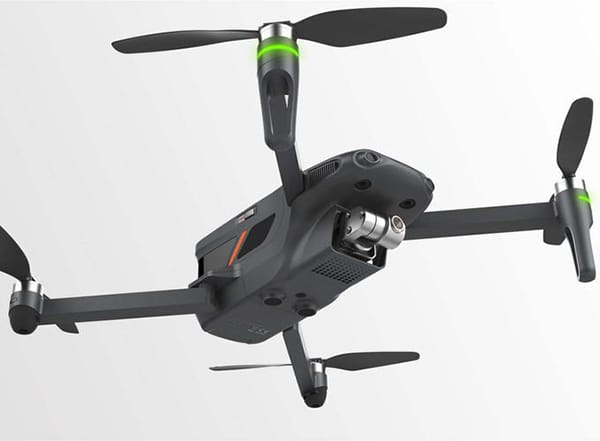
The market prospect of drones is quite promising. Small drones can be widely used in fields like aerial photography, agricultural plant protection, disaster prevention and mitigation, search and rescue, traffic supervision, resource exploration, remote sensing surveying and mapping, border patrols, meteorological detection and so on. However, since the control of drones hasn’t kept up with the drone development, many related incidents which are often left unregulated appeared. As a result, the demand for drone detection and countermeasures is expanding. In the fields of military and civilian airports, important events, core infrastructures, large venues, prisons, border defense and so on, there is a strong demand for anti-drone systems. However, there are still many challenges in controlling drones and there will be more problems to overcome in the future.
Radar is the major method of detecting aerial targets, but drones are typically low in altitude, slow in speed and small in size (referred to as “low-slow-small”). The so-called “low-slow-small” targets are difficult to detect and find. It’s easy to obtain, operate and carry these low-cost drones. Besides, they have the ability to lift off quickly and are difficult to control. So, they are often used as tools to carry explosives, drop biochemical agents, and distribute leaflets.
Radio signal monitoring, photoelectric identification tracking, sound monitoring and other methods are also complementary methods of drone detection and tracking. However, since the drone is characterized with conventional communication frequency bands, strong mobility, high action burstiness, low noise, small body, and can fly silently, these detection measures also face significant challenges.
After drones are detected and identified, there are still many technical obstacles when countering them. If we use electromagnetic interference methods, the requirements for the surrounding environment will be quite high and may cause collateral interference to the surrounding electromagnetic environment. If we use laser and other destruction methods, it may cause secondary hazard to the ground and is not suitable for the urban areas. If we use methods such as radio signal hijacking, it can only be applied to some drones whose protocols have been cracked. Therefore, how to cope with drones after detecting them remains as a huge challenge.
As a leading company in the anti-drone industry, NovoQuad Group launched the Anti Drone Solutions in response to this chaos, which plays an effective role in detecting and countering drones. Troubled by invading drones? Contact NovoQuad Group for cost-effective anti-drone solutions.
